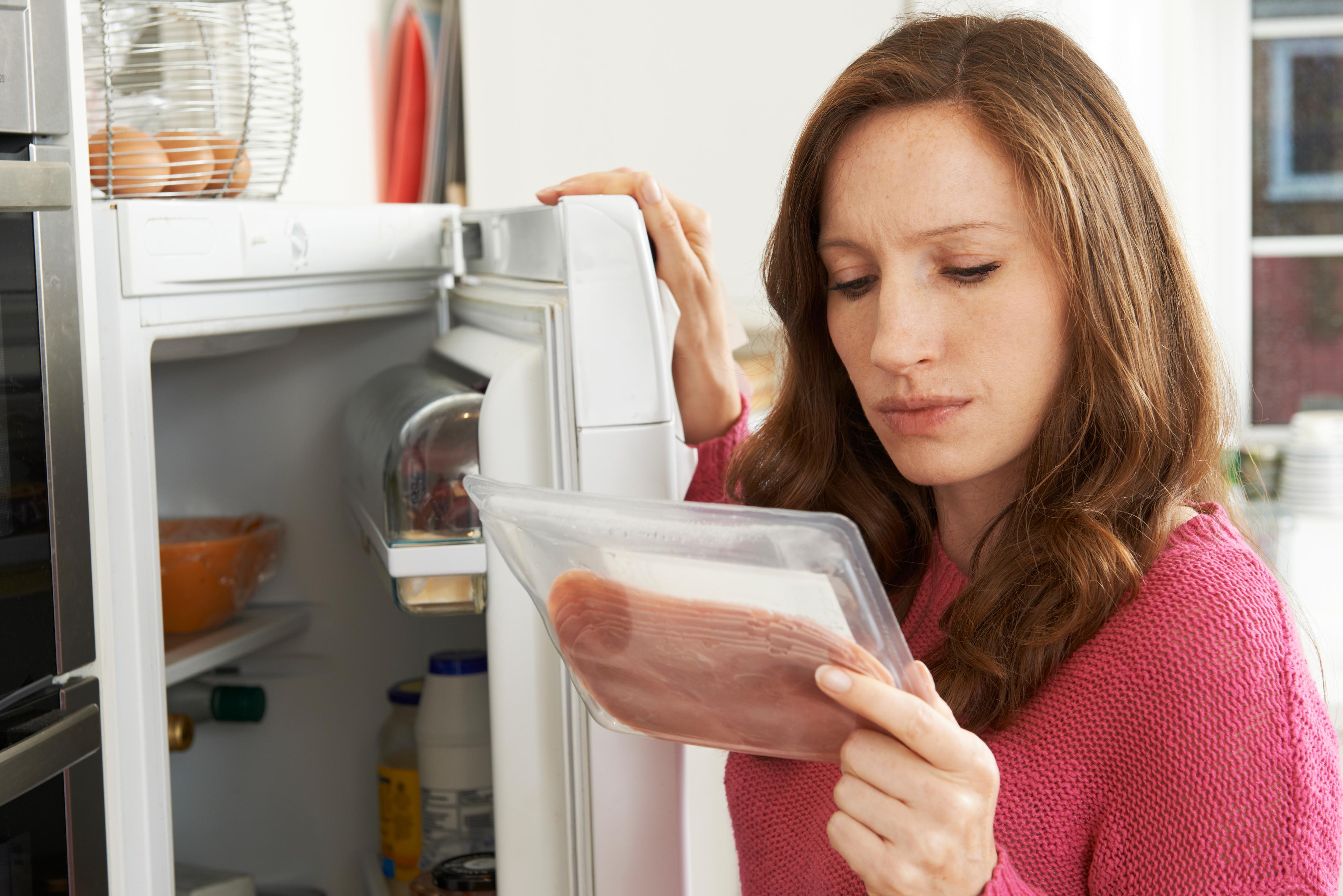
We’ve all probably done this a time or two: We’re reaching into our refrigerator for an item, or eyeing the pantry shelves for something we need, and we find the can or package we want but notice it's pretty close to its expiration date.
Worrying that we might get sick if we eat it, we toss it in the garbage instead. But from a food safety standpoint, were we really at risk? And how does our reaction to expiration dates fuel the growing problem of food waste?
What to know about expiration dates
Unless you are talking about infant formula, most expiration dates on products and food packages really have nothing to do with food safety, says Shanthi Appelö, a registered dietician for Blue Cross Blue Shield of Michigan.
Studies have shown that 80% of Americans have thrown away perfectly good food because they don’t understand the intent behind the product labeling. And when looking at the entire U.S. food system, estimates are that up to 40% of that food is wasted. Much of that happens at the farm, manufacturing or grocery store level. But more than a third of that food waste happens in homes.
Food labels and manufacturer's dates
When it comes to expiration dates, shoppers might see different wording on products, depending on the type of fresh or packaged food. For example, some may have a “sell by” date while others use the words “best by” or “use by” accompanied by a date. Those dates can be confusing. They don’t mean the item automatically goes bad – or becomes dangerous to your health – on that specific date. Those dates are really the food manufacturer’s or producer’s best guess for that food’s quality window, according to Appelö.
“The dates that you see – used by, best by – those are usually quality dates,” she said. “So that’s the manufacturers’ or stores’ best guess. And this could be based on science too, but the best guess on their peak freshness and peak quality, but not safety.”
State law affects those dates, too. In Michigan, perishable food and dairy can’t be sold after their sell-by dates, but in other states items can still be sold after those dates pass. Some states have no sell-by labeling requirements at all.
How to tell if food is safe to eat
If the sell-by dates are not the best indicator for how long you can use products, what are the best ways to tell if food is safe to eat? Trust your senses, Appelö says.
“If something smells off, that’s your number one indicator to throw it out. If it looks off, if the texture doesn’t look the same. If you’re looking at a sauce that looks like it shouldn’t really look that way, you can toss it out. And then of course, if something tastes off, you should throw it away, too,” she says.
Tips for food quality and storage:
- Don’t keep meat for more than four days.
- Side dishes, once cooked, should not be kept more than five days.
- Use the USDA FoodKeeper App for information on how long different foods can be stored, and how to store them.
- Fresh foods like bananas, melons, apples, tomatoes and avocados give off ethylene gas. Don’t store these near veggies that could wilt or yellow, like cucumbers, fresh herbs, cauliflower or broccoli.
- Pantry supplies like sugar and flour can last a year past the expiration date.
- Frozen meals and vegetables can last six months to a year. Vacuum-seating these can extend their freezer-safe time to two to three years.
- Fresh herbs can be rolled in paper towels and placed in a zippered plastic bag with the air pressed out.
- Refrigerated items you want to use first should be rotated to the front of the shelves to keep them in your sight line.
Want to learn more about food waste and expiration dates? Listen to this episode of “A Healthier Michigan Podcast” featuring a conversation with Shanthi Appelö, a registered dietician for Blue Cross Blue Shield of Michigan, to hear more tips.
Photo credit: Getty Images






